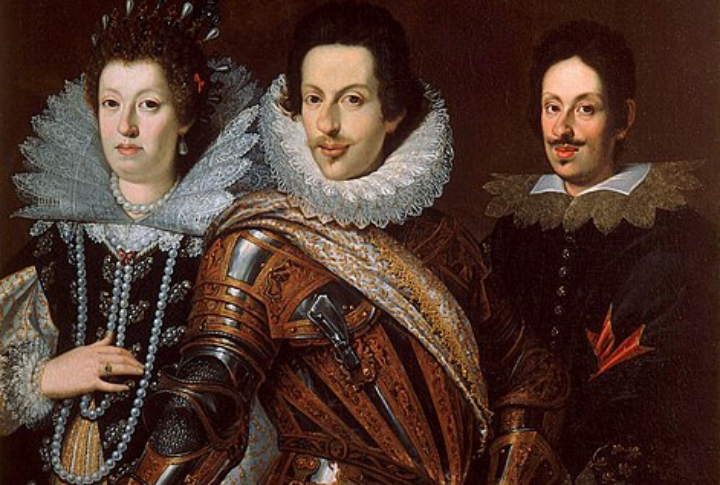
Few families in history have left a mark quite like the Medici. Rising from merchants to rulers, they built an empire that influenced European art and politics. Their legacy is filled with ambition and innovation, shaping the Renaissance in ways still felt today. But how did they do it?
The Medici Dynasty Rose Through Banking

In 1397, Giovanni di Bicci de’ Medici established the Medici Bank, which soon became one of Europe’s most powerful financial institutions. With branches across major cities such as Rome, Venice, London, and Geneva, the bank revolutionized financial practices by refining double-entry bookkeeping and letters of credit.
Cosimo De’ Medici Became The Power Behind Florence
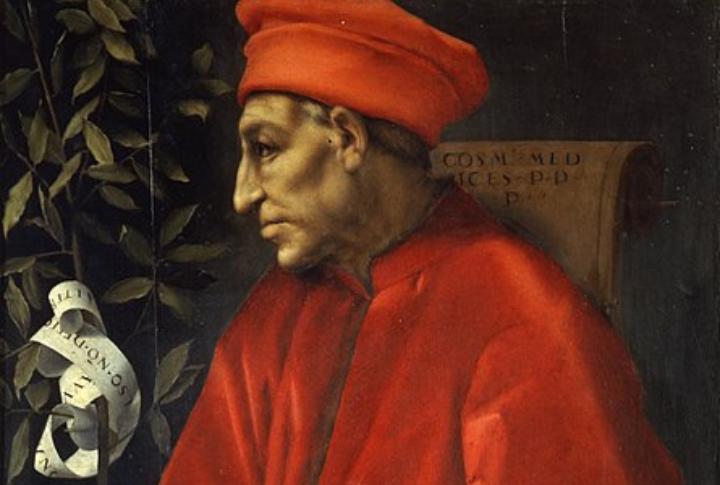
Although Florence remained a republic, real power often lay elsewhere. Cosimo de’ Medici, later known as Cosimo the Elder, ruled the city behind the scenes by influencing the government and securing key alliances. His ability to lead without an official title set a precedent for future generations.
The Medici’s Rivalries Sparked Assassination Plots And Betrayals

Power came with enemies, and the Medici had plenty. In 1478, the Pazzi Conspiracy led to the brutal assassination of Giuliano de’ Medici during Easter Mass, an event that nearly toppled the family. Later, rival factions forced the Medici into exile multiple times, but their ability to reclaim power solidified their reputation as political survivors.
The Medici Were Major Patrons Of The Renaissance
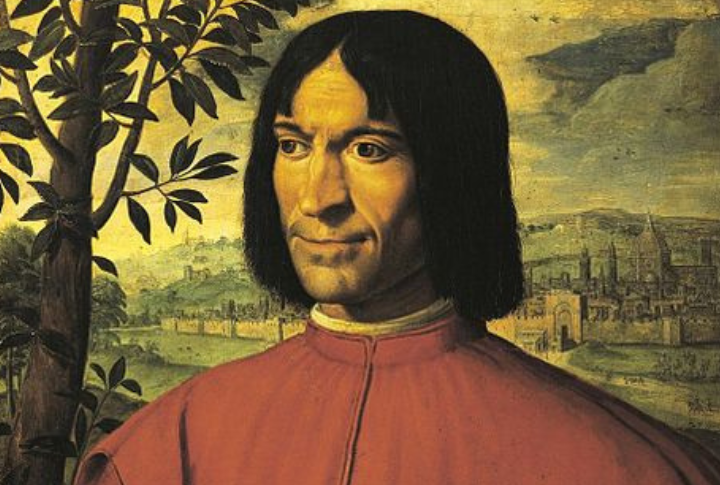
Rarely has a family left such a lasting impact on art and culture as the Medici. Their financial and political support allowed artists like Leonardo da Vinci and Botticelli to thrive. Lorenzo de’ Medici, also known as Lorenzo the Magnificent, encouraged artistic and intellectual innovation.
Four Medici Popes Extended The Family’s Influence
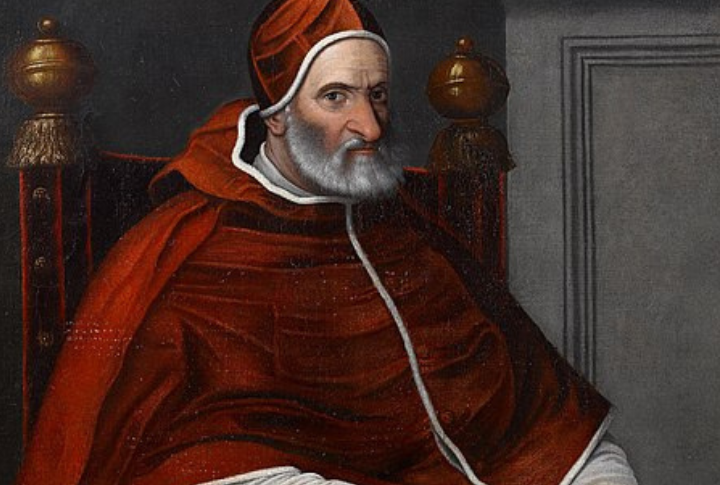
The Medici were not just political leaders but also influential figures in the Catholic Church. Four family members—Leo X, Clement VII, and Leo XI, along with the debatably related Pius IV—rose to the papacy. Through them, the Medici influenced religious policy and reinforced ties between Florence and the Vatican.
Catherine De’ Medici Brought Medici Power To France
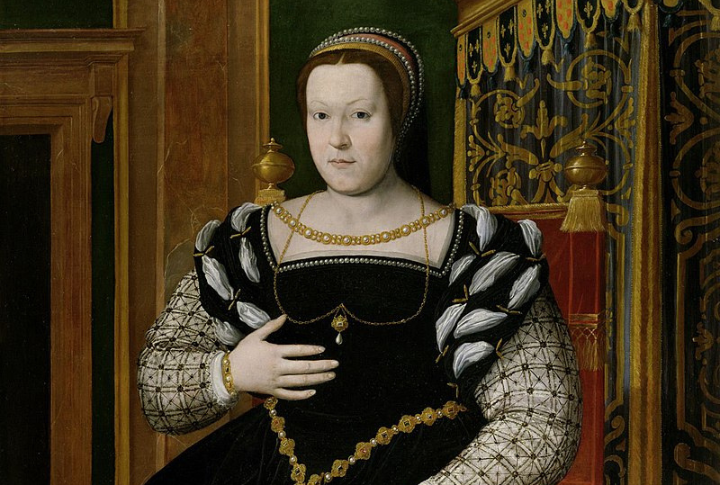
Through strategic marriages, the Medici extended their influence beyond Italy. One of the most significant figures was Catherine de’ Medici, who became Queen of France in 1547 and later ruled as regent for her sons. Her political maneuvering during the French Wars of Religion helped maintain stability in one of Europe’s most volatile periods.
Florence’s Architectural Beauty Bears The Medici Stamp
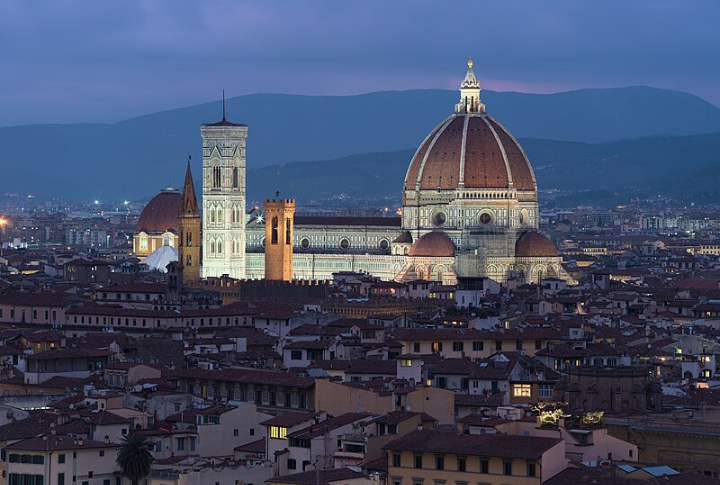
Many of Florence’s most famous landmarks exist today because of Medici patronage. The family commissioned the completion of Brunelleschi’s dome, a feat of engineering that defined Renaissance architecture. They also built the Uffizi Gallery, which was initially designed as a government office but later became one of the world’s most popular art museums.
The Grand Duchy Of Tuscany Emerged Under Medici Rule
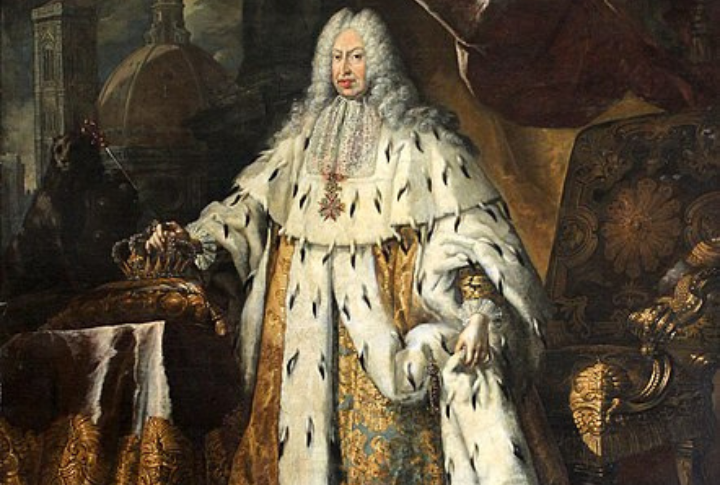
Florence began as a republic, but by 1569, it had become a hereditary monarchy under Medici rule. This shift in power was solidified when Pope Pius V granted Cosimo I de’ Medici the title of Grand Duke of Tuscany, elevating the family’s status beyond mere city rulers. With this new title, Cosimo centralized the authority.
The Medici Declined Due To Financial And Political Missteps
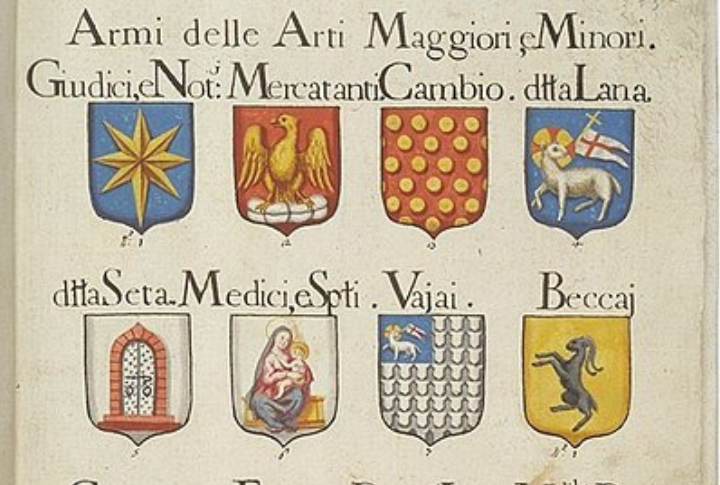
The Medici dynasty eventually lost control despite its long-lasting influence as power slipped through its fingers. Extravagant spending and internal conflicts weakened its hold on Tuscany. The final blow came in 1737, when the last ruler, Gian Gastone de’ Medici, passed without an heir, officially ending the Medici’s reign over Tuscany.
Galileo And The Medici Shared A Scientific Legacy
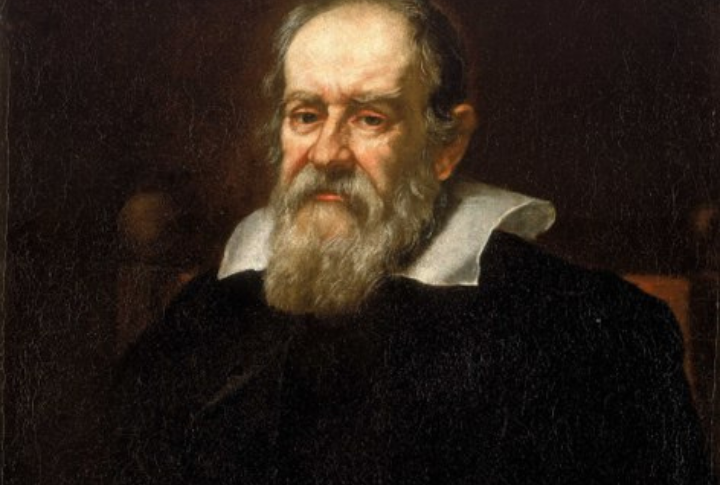
The Medici family’s patronage extended beyond the arts and deeply into science. Among their most famous beneficiaries was Galileo Galilei, who received strong support from Cosimo II de’ Medici. In gratitude, Galileo named Jupiter’s moons the “Medicean Stars” in honor of his patron. This reinforces the Medici’s role in advancing scientific discovery.

